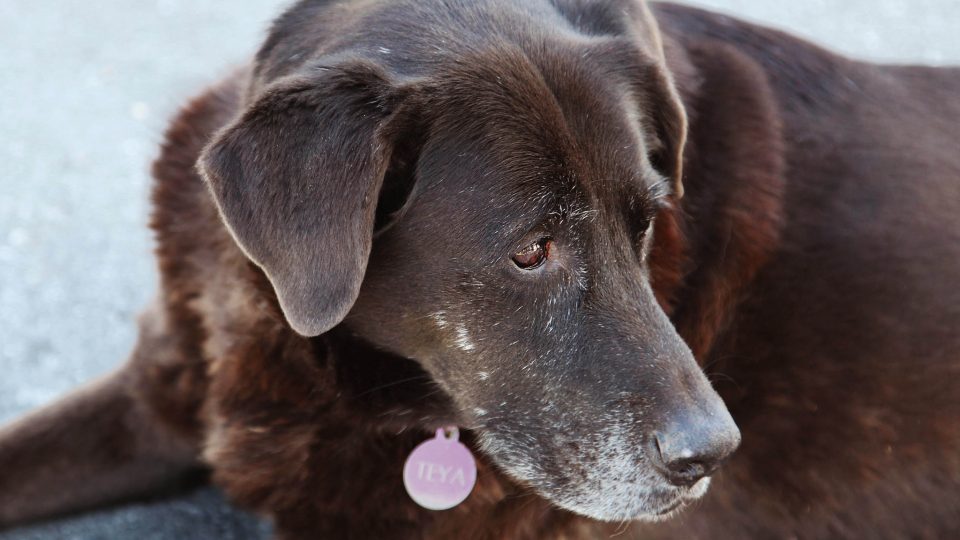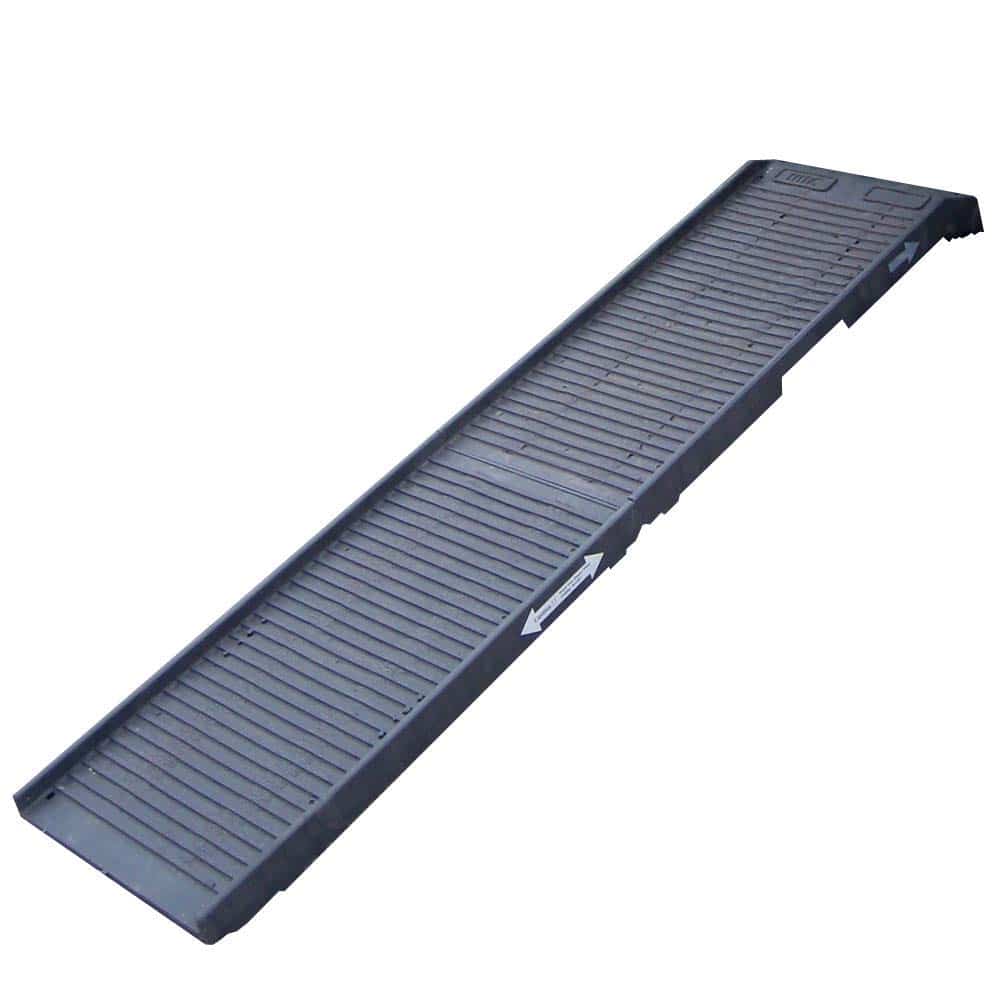- Not a substitute for professional veterinary help.
My dog Blizzard began developing arthritis when he was fairly young. Now 13 years old, he has many of the problems you might expect from a dog at his ripe old age. In addition to joint pain caused by arthritis, he has age-related muscle loss in his legs, periodic back pain due to a bulging disc, and cataracts that reduce his vision.
The combination of these symptoms can make it difficult for him to stand on slippery floors, climb into and out of vehicles, and safely walk on stairs. Because of his size and back problems (and mine!), carrying him around isn’t a good option, so I’ve had to come up with some alternate methods of helping him get where he wants to go.
Helpful tips for mobility problems in older dogs
As dogs age, they experience many of the same mobility problems as humans. One of those problems can be difficulty moving. Just as an elderly family member or friend might use aids such as canes, walkers, and wheelchairs, your older dog can also benefit from tools that help them be safe and comfortable.
Car rides
Blizzard loves going in the car. It doesn’t matter the destination, be it the dog park or the vet. He’s unable to jump up into the car anymore, though, and so I use a combination of a foldable pet ramp and harness.
There are many ramps available, but this pet ramp is well reviewed. It attaches to the back bumper of your car, to keep it steady. When using a ramp, you or your sitter can hold the back of the harness to guide your dog safely up and down the ramp, so they don’t accidentally step off the edge or trip, and to provide extra support.
An added benefit of the pet ramp is that it‘s portable and can be used in other situations where the only option would be for you to lift them yourself.
Petstep Folding Pet Ramp
Stairs
Climbing up and down stairs can be precarious for older dogs who have muscle loss or weakness in their legs. Their reduced ability to push themselves upwards or to support their weight coming down stairs can lead to slips and stumbles, especially on non-carpeted staircases.
To increase the dog’s safety on wood or metal stairs, try stick-on anti-slip stair treads or carpeted no slip tread tread option.
After Blizzard experienced a frightening fall, these have proven very helpful in keeping him steady on the stairs.
An additional safety precaution to take is to escort your dog on the stairs using a mobility sling, lifting aid harness, or even a regular walking harness with a handle. Because of his muscle weakness and vision loss, I’ve taken this tactic with Blizzard to help ensure no more slips!
Standing up
Simply standing back up after a long nap can be a painful and difficult action for an older dog, especially on wooden or vinyl floors. I have a variety of rugs throughout my home to make it easier for Blizzard to get his feet solidly underneath him when he stands.
Also, when he’s struggling, I have a few smaller rugs with a strong non-slip backing that I can quickly position under his feet to help him out. This is preferable to lifting him up, which causes more back and joint pain for him. Non-slip dog socks could also help your dog both with getting up and in staying upright in a world of slippery floors.
Caring for an older dog can be challenging, but the rewards of making your best friend’s golden years safe and comfortable are well worth it.




